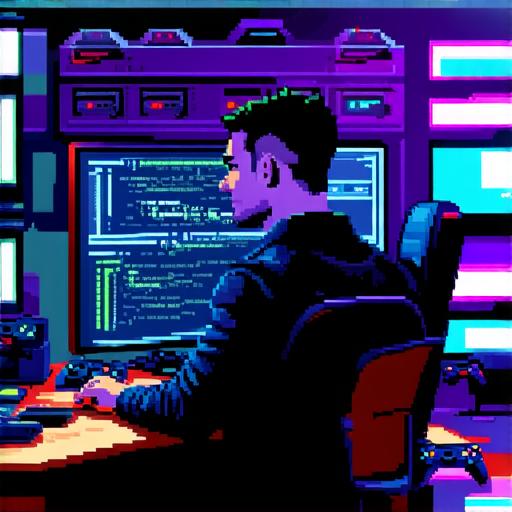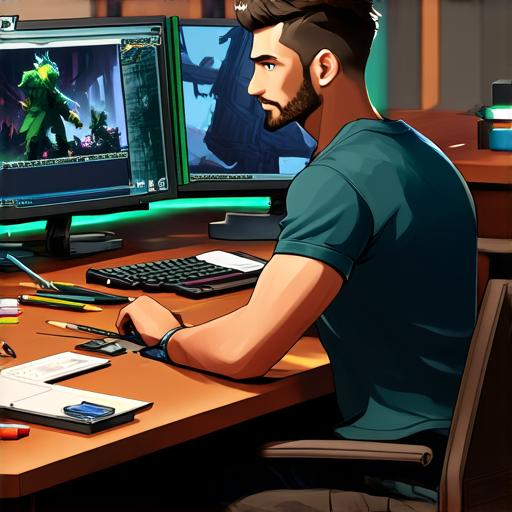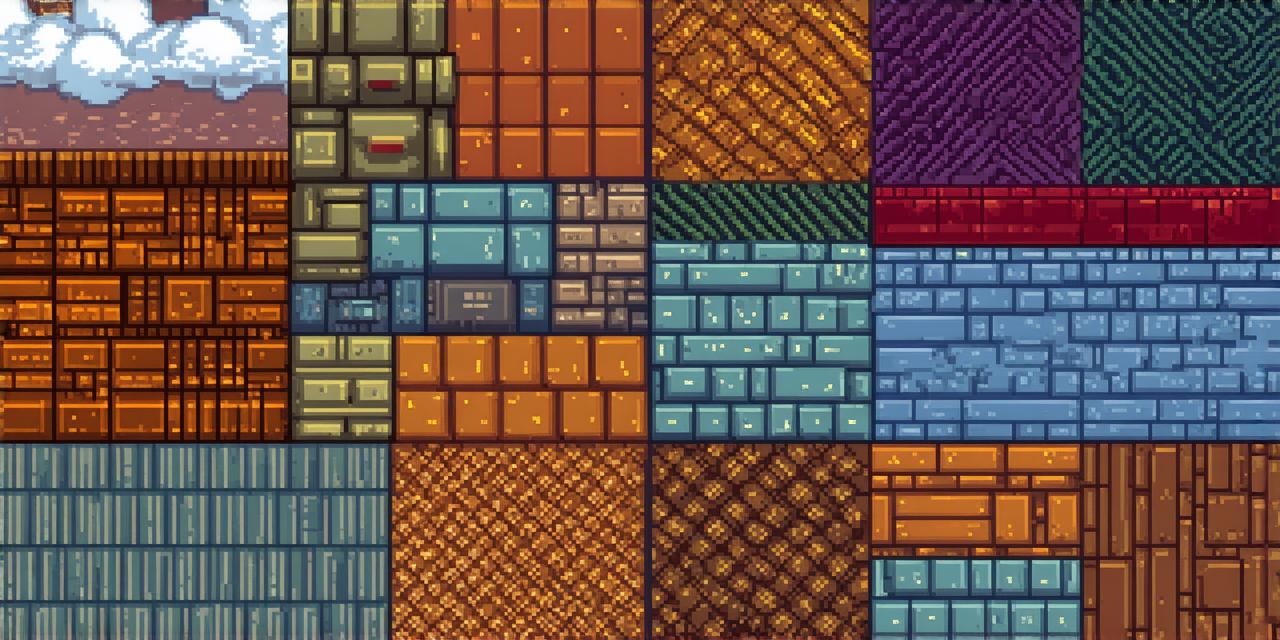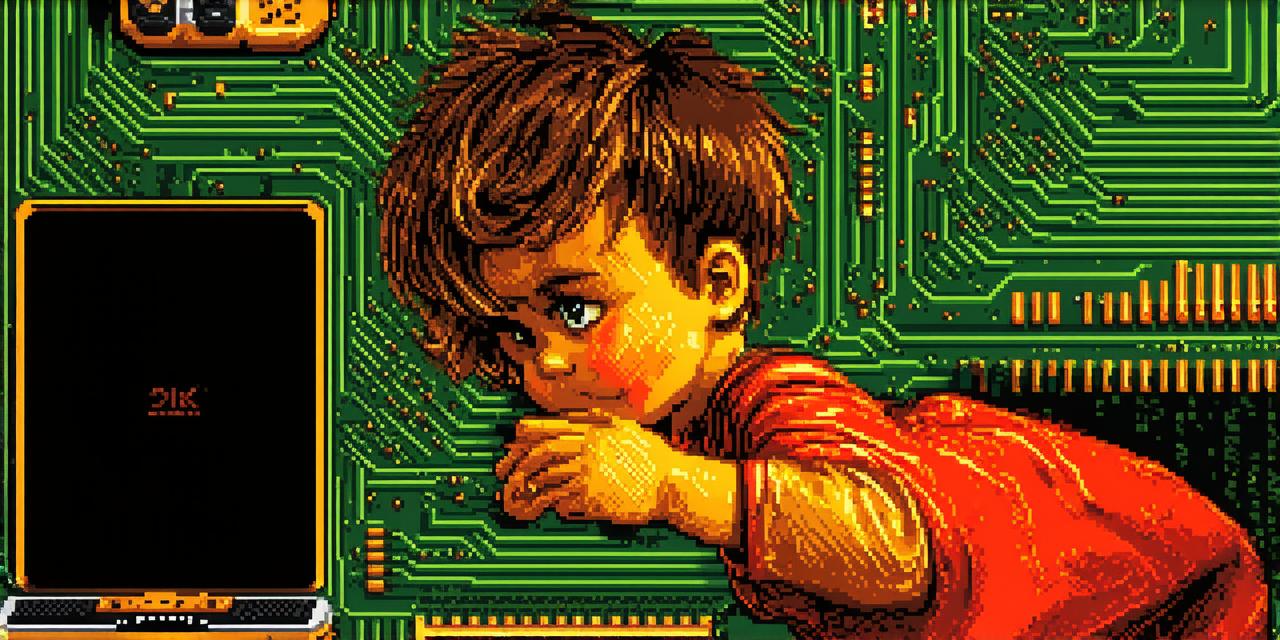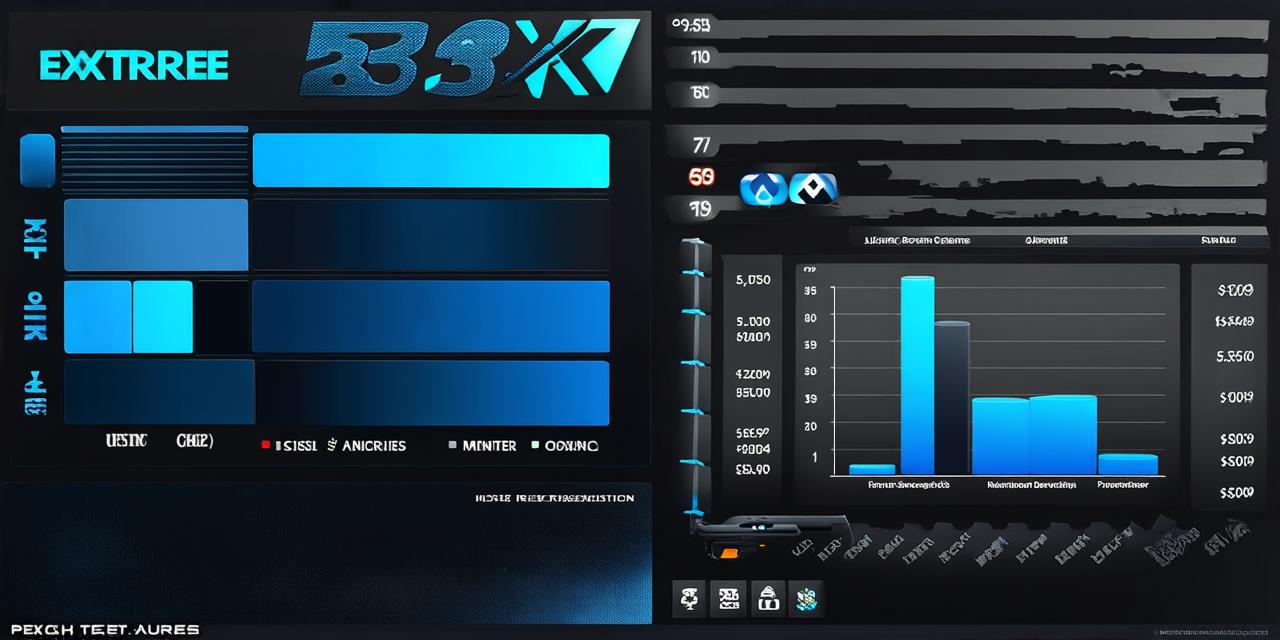How much salary does a video game designer make
If you’ve ever wondered how much video game designers make, then you’re not alone. It’s a question that has been asked by countless aspiring game developers over the years. In this article, we will explore the truth behind salaries in the gaming industry and answer some of the most common questions about how much video game designers are paid.
Firstly, it’s important to note that salaries for video game designers can vary widely depending on a number of factors. These include experience, location, job title, and the specific role they play in the development process.
However, there are some general trends and patterns that we can look at to gain a better understanding of what video game designers are paid.
Salaries for video game designers tend to be higher than in many other industries. This is partly because of the high demand for skilled developers in the gaming industry. With so many companies vying for top talent, they’re willing to pay top dollar to attract the best developers. Additionally, the gaming industry is a multi-billion dollar market, which means there’s a lot of money being spent on game development.
That said, salaries can also be affected by location. For example, video game designers working in California or New York City are likely to earn more than those in less populated areas. This is partly due to the higher cost of living in these cities, as well as the fact that many of the major gaming companies have their headquarters in these locations.
Another factor that can affect salaries for video game designers is job title. As mentioned earlier, there are a wide range of roles within game development, each with its own salary range. For example, entry-level game designers may start out earning around $50,000 per year, while more experienced developers with advanced degrees or specialized skills can earn well over $100,000 per year.
When it comes to comparing salaries across different countries, there are a few factors to keep in mind. For example, salaries in the United States tend to be higher than in many other countries due to the higher cost of living and the strong dollar. However, in some cases, salaries in Europe or Asia can be just as high or even higher depending on the specific role and location.
One common question about salaries for video game designers is whether they are paid by hourly or salary. While some developers may be paid by the hour, most are salaried employees. This means that they receive a set amount of money each pay period, regardless of how many hours they work. However, it’s worth noting that overtime pay is still possible in some cases, particularly for developers who work long hours or have to meet tight deadlines.
Another common question is whether video game designers are paid royalties on top of their salaries. The answer to this depends on the specific contract and terms of employment. Some developers may receive a percentage of the revenue generated by the games they work on, while others may not. It’s also worth noting that royalties can take some time to kick in, particularly for smaller indie studios or lesser-known games.
So, how much do video game designers actually make? According to data from Glassdoor, the average salary for a video game designer in the United States is around $92,000 per year. However, this can vary widely depending on the factors mentioned above. In some cases, salaries for experienced developers can be well over $100,000 per year, while entry-level designers may earn less than $50,000.
It’s also worth noting that salaries for video game designers can vary widely depending on the specific role they play in the development process. For example, game programmers and engineers tend to earn more than game designers or artists. This is partly because these roles require more specialized skills and experience.
When it comes to comparing salaries across different countries, there are a few factors to keep in mind. For example, salaries in the United States tend to be higher than in many other countries due to the higher cost of living and the strong dollar. However, in some cases, salaries in Europe or Asia can be just as high or even higher depending on the specific role and location.
In conclusion, while there is no definitive answer to how much video game designers make, it’s clear that salaries for this highly skilled profession can vary widely depending on a number of factors. If you’re an aspiring game designer looking to enter the industry, it’s important to do your research and gain as much experience as possible in order to increase your earning potential. By building up a strong portfolio and gaining valuable skills and knowledge, you can position yourself for success in this exciting and rewarding field.
FAQs:
Q: What are the factors that affect salaries for video game designers?
A: Salaries for video game designers can be affected by experience, location, job title, and specific role they play in the development process.
Q: How much do video game designers make on average in the United States?
A: The average salary for a video game designer in the United States is around $92,000 per year, according to data from Glassdoor.
Q: Are video game designers paid by hourly or salary?
A: Most video game designers are salaried employees, but overtime pay is still possible in some cases.
Q: Do video game designers receive royalties on top of their salaries?
A: Whether video game designers receive royalties depends on the specific contract and terms of employment.
Q: How does the gaming industry compare to other industries in terms of salaries for developers?
A: The gaming industry tends to pay higher salaries than many other industries due to high demand for skilled developers and strong revenue from the market.





